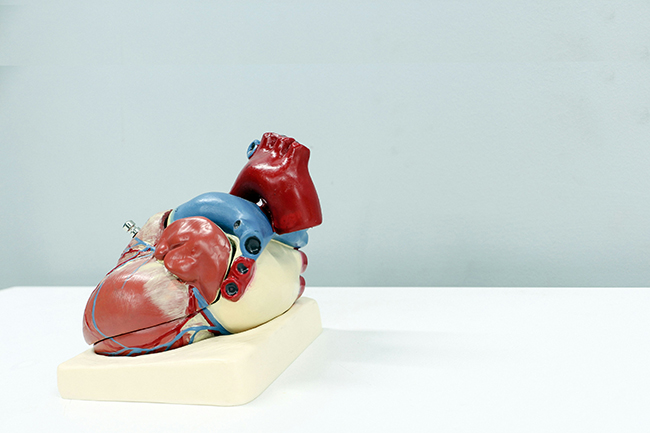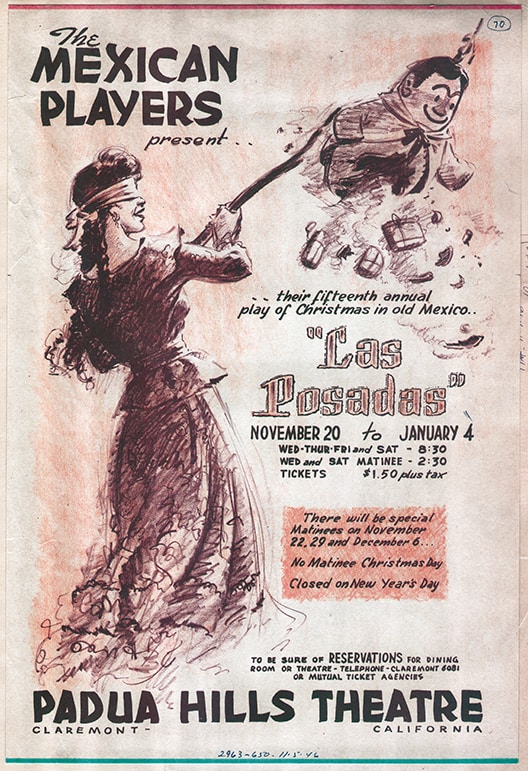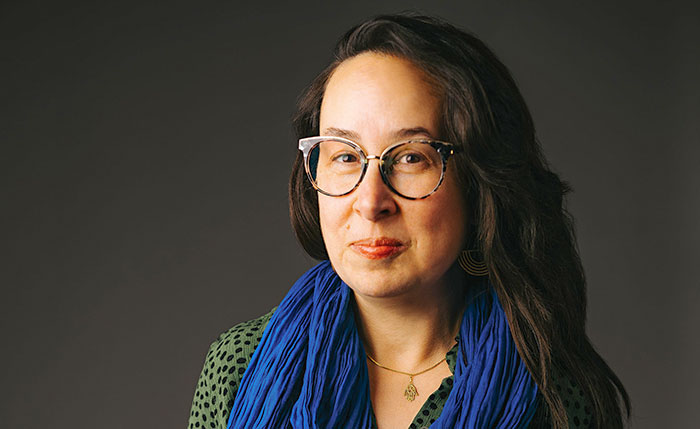Preventing cardiovascular disease

by Beth Donovan | Special to the Courier
No one wants to talk about cardiovascular disease around the holidays, but what better time to bring up the conversation than when you are with the people you love the most?
Maybe we should talk more about how to determine your own risk and what we are doing to protect ourselves. Perhaps that will motivate someone you love to consider their own risk and whether they should be doing more.
Cardiovascular disease is a broad term which can largely be equated to coronary heart disease leading to heart attacks, and ischemic stroke, and causes more disease and death than any other disease in the United States. That may seem unlikely, but not so much when you consider it is the complication resulting from numerous other very common conditions: diabetes, obesity, and a sedentary lifestyle. Genetics can be a factor as well.
What we do every day contributes to or diminishes our risk of cardiovascular disease. There are many lifestyle factors that increase our risk, including smoking and eating foods high in cholesterol. There are also ways that we can reduce our risk including eating fresh fruits and vegetables, exercising, and keeping our blood sugar and blood pressure under control.
You may think that if you are doing these things that your risk is low. But there is a better way to quantify your risk if you are between 40 and 75 years old. There is a free calculator which can predict your risk of having a cardiovascular disease event (heart attack or stroke) in the next 10 years at clincalc.com/cardiology. You just need to know your systolic blood pressure (the top number of your blood pressure calculation), total cholesterol, and HDL or “good” cholesterol. You simply plug those numbers into the calculator, answer a couple questions, hit calculate, and out comes the risk evaluation along with an interpretation. It goes on to recommend the statin dose that may be right for you, if needed. You can easily print the results to take to your next appointment to discuss with your healthcare provider.
The U.S. Preventive Services Taskforce recommends clinicians prescribe a statin for the primary prevention of CVD for adults aged 40 to 75 who have one or more risk factors (i.e., dyslipidemia, diabetes, hypertension, or smoking) and an estimated 10-year risk of a cardiovascular event of 10% or greater. Furthermore, it recommends it may be appropriate for those with a 7.5% risk to take a statin medication even though the benefit is smaller in this group.
A statin medication is not for everyone, but it could be lifesaving. Studies have shown that taking a statin medication can significantly lower the risk of death from a cardiovascular event such as a heart attack or stroke. Statins are not recommended to replace a healthy diet, regular exercise, maintaining a normal weight, and refraining from smoking.
Because these medications are recommended by the USPSTF and are given a B rating, the medications should be covered for eligible adults by your health insurance company at no cost to you. Not every statin is required to be covered, but at least one must be available as a preventive medication for those adults who have an increased risk of cardiovascular disease.
The U.S. Preventive Services Task Force is a panel of preventive medicine experts who volunteer to review literature and clinical guidelines; develop recommendations for preventive screenings, medications, and counseling; and assign grade recommendations. You can download an app or go the uspreventiveservicestaskforce.org/webview to learn which preventive screenings, medications or counseling services are recommended for you.
Claremont resident Beth Donovan, PA-C, practiced as a physician assistant for 20 years and served as chair of legislative affairs for the California Academy of Physician Assistants from 2004 to 2012. She is on the advisory board for Keck Graduate Institute’s Physician Assistant Program.










0 Comments